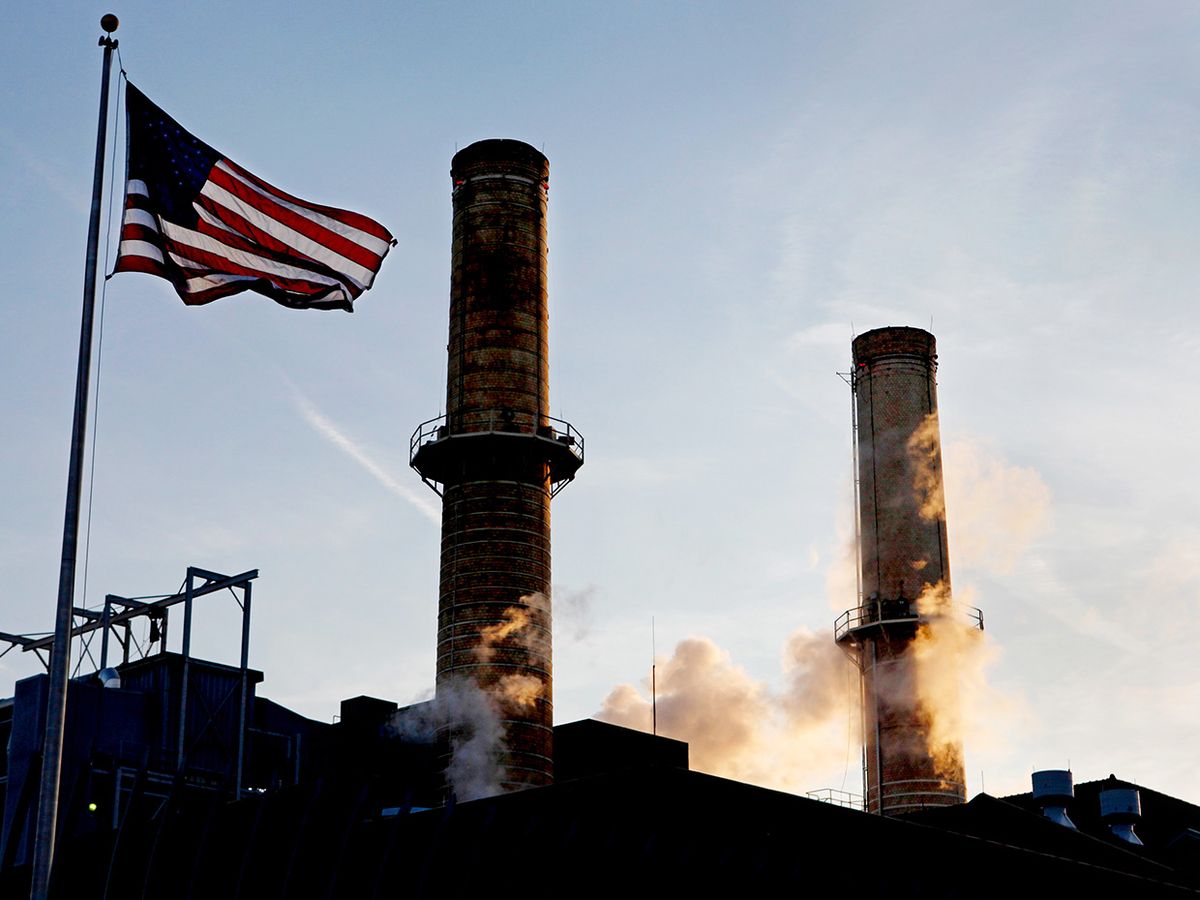Whenever oil and gas prices plummet, renewable energy projects tend to hit the skids, because the economic incentive to develop these new technologies simply disappears. Low prices bring on the Hummers; high prices have consumers clamoring for Toyota Priuses.
The current global economic crisis has consumers wanting neither. So U.S. President Barack Obama is looking for ways to kick the economy, and renewable energy development, into gear.
In his address to the U.S. Congress in February, Obama called on lawmakers “to send me legislation that places a market-based cap on carbon pollution and drives the production of more renewable energy in America.” The question is, Will a cap-and-trade system deliver the desired result—a robust renewable energy program—better than a straight carbon tax?
A discussion held last October at Columbia University, in New York City, between Yvo de Boer, the executive secretary of the United Nations Framework Convention on Climate Change, and Jeffrey Sachs, director of Columbia’s Earth Institute, sheds some light on the subject.
De Boer argued the merits of the Kyoto Protocol, which sets limits on greenhouse-gas emissions for signatory industrial nations and led to the European Union’s carbon-emission trading system. A central element of the Kyoto Framework is the Clean Development Mechanism. The CDM allows industrialized countries to finance clean technology projects in developing countries. In return for their investment, the industrialized countries receive emission-reduction credits they can apply toward their own carbon-reduction goals or sell to others.
De Boer reported that there are now 1170 registered CDM projects in 49 developing countries. Critics argued that these projects would have gone ahead even without outside investment and that the CDM is no more than a cheap way for industrialized countries to buy their way out of carbon compliance.
De Boer countered that carbon-cap-and-trade programs and the CDM, though imperfect, are worthy works in progress. And, he said, he did not oppose a complementary set of carbon taxes. “We need a set of tools to spur both private and public money flows,” he said. “Climate change is a global problem, and we will need all the tools at our disposal.”
Sachs, for his part, argued that market-based mechanisms like cap and trade have not demonstrated that they can turn the trajectory of carbon emissions as “sharply and dramatically as we need to do it.” The CDM, said Sachs, “is unfortunately a very small, marginal tool that isn’t going to really change the broad framework of how energy is produced and technology distributed.” What’s more, he argued, cap and trade encourages the continued deployment of questionable, risky financial instruments. “I am not so keen on sending our best and brightest off to do more financial market engineering” for the carbon markets, he said. “I think the meltdown shows how we took a generation of brilliant young people and put them to tasks that don’t solve problems.”
Sachs believes that a carbon tax is much easier to administer than a cap-and-trade scheme. “There are just a few places we get carbon from, and by taxing upstream—at the refinery or the wellhead—you reach a carbon price for the whole economy,” he said. Cap-and-trade systems, on the other hand, require monitoring the compliance of hundreds of thousands of enterprises, which, Sachs suggested, keeps a lot of regulators, attorneys, and auditors busy but has a questionable impact on carbon emissions.
Unlike a cap-and-trade system that thrives on price volatility, a carbon tax would put a floor on the price of carbon, holding it to a fixed price. A more certain price for carbon would in turn encourage long-term investment in clean technologies, said Sachs. Rather than allowing Wall Street’s financial engineers to make money from cap and trade, a carbon tax would let real engineers figure out ways to get carbon dioxide under control. But, Sachs said, he isn’t holding his breath waiting for Congress to act on his suggestion.
Editor’s note: At publication time, U.S. Representative John Larson (D-Conn.) introduced the bill known as America’s Energy Security Trust Fund Act of 2009, which proposes a carbon tax to reduce carbon emissions.
A version of this column appeared in IEEE Spectrum Online’s Energywise blog on 25 February. Susan Arterian Chang reports on the impacts of climate change from a policymaking and financial markets perspective.
